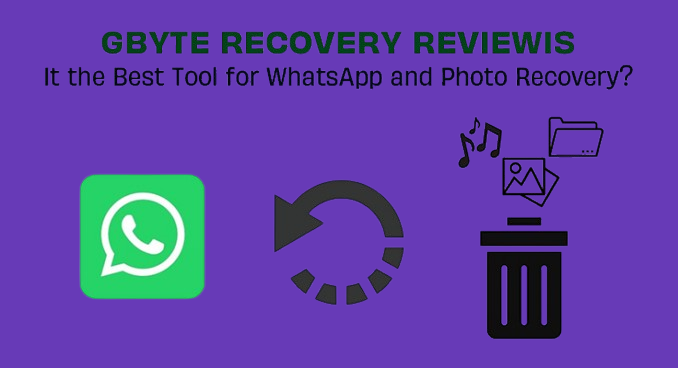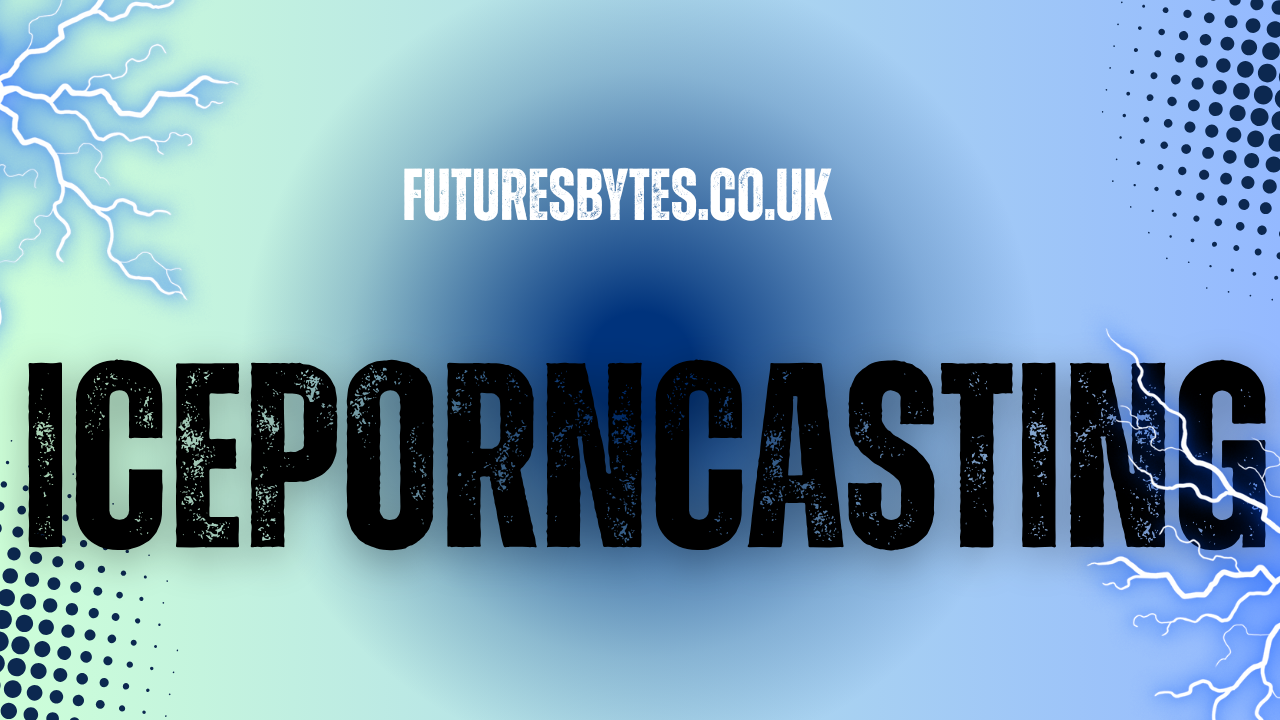Introduction: A New Era in Digital Finance
As blockchain technology continues to evolve, a new wave of cryptocurrencies is transforming the way people perceive money, ownership, and financial systems. Among these innovations, Gbyte — also known as Byteball in its earlier form — stands out as a unique project designed to revolutionise the decentralized finance (DeFi) landscape. Unlike traditional blockchain platforms, Gbyte utilises a cutting-edge structure that prioritises scalability, transparency, and real-world usability.
This article delves into Gbyte, explaining how it works, why it matters, and what makes it one of the most forward-thinking digital currencies in the modern decentralised ecosystem.
The Origin of Gbyte: From Byteball to Next-Gen Finance
Gbyte was initially launched as Byteball in 2016 by Russian developer Anton Churyumov. The project’s mission was to address significant inefficiencies in blockchain technology, such as slow transaction times, high fees, and scalability challenges.
Unlike most cryptocurrencies that rely on traditional blockchains, Byteball introduced an alternative data structure called the Directed Acyclic Graph (DAG). This innovation enabled transactions to be stored and verified without the need for Mining or centralised validation, paving the way for a faster and more energy-efficient network.
Over time, Byteball evolved into Gbyte, symbolizing its focus on global adoption, smart contracts, and decentralised applications (dApps) within a user-friendly ecosystem.
Understanding Gbyte’s Core Technology: The DAG Advantage
At the heart of Gbyte lies its Directed Acyclic Graph (DAG) architecture — a system that eliminates the need for conventional blocks and chains. Instead, every new transaction references multiple previous ones, creating a web-like structure that grows continuously.
This approach offers several key advantages:
- No Mining Required – Gbyte doesn’t rely on miners or expensive hardware, making it more eco-friendly and cost-effective.
- Instant Transactions – Since confirmations occur as soon as new data enters the DAG, transactions are nearly instantaneous.
- Scalability – As more users join, the network becomes faster and more secure rather than congested.
- Security and Integrity – Each transaction is cryptographically linked to previous ones, ensuring immutability and resistance to tampering.
This design enables Gbyte to process high volumes of microtransactions —a critical feature for decentralised finance applications, where efficiency is key.
Gbyte’s Role in Decentralized Finance (DeFi)
The rise of DeFi has transformed the way people borrow, lend, and invest, bypassing traditional intermediaries such as banks. Gbyte plays a pivotal role in this movement by offering an infrastructure that supports fast, trustless, and low-cost financial operations.
The Gbyte ecosystem enables users to create and trade custom assets, execute smart contracts, and engage in decentralized lending, all without relying on centralised authorities. Because it operates on DAG technology, these operations are faster and more scalable than those on conventional blockchains, such as Ethereum or Bitcoin.
Moreover, Gbyte integrates features such as stable assets pegged to fiat currencies and privacy tools that ensure user control and confidentiality — two essential components for the growing DeFi space.
Smart Contracts and Autonomous Agents
One of Gbyte’s standout innovations is its implementation of Autonomous Agents (AAs) — a powerful extension of smart contracts. Autonomous Agents are self-executing scripts stored on the DAG network that automatically perform actions when specific conditions are met.
These agents can:
- Handle decentralized exchanges and swaps.
- Facilitate escrow and insurance contracts.
- Manage lending, borrowing, and staking services.
- Operate stablecoins or other financial instruments autonomously.
Because they are stored directly on the network, AAs eliminate the need for intermediaries or manual intervention, reducing operational risks and boosting transparency. This makes Gbyte’s innovative contract system both efficient and adaptable — an actual engine for next-generation DeFi innovation.
Privacy and Security Features
In an age of increasing digital surveillance, Gbyte offers a balance between transparency and privacy. Transactions are recorded on the public DAG ledger, but users can opt for private payments that obscure sensitive details while maintaining verification integrity.
Gbyte utilizes blackbytes, a unique form of untraceable private asset, to facilitate confidential transfers. Unlike typical privacy coins that rely on obfuscation or mixing services, blackbytes exist natively within the ecosystem and maintain Gbyte’s security model.
This hybrid approach allows individuals and businesses to maintain discretion in financial dealings without compromising the system’s accountability.
The GBYTE Token: Utility and Economics
GBYTE is the native currency of the Gbyte platform. It serves as both a medium of exchange and a utility token within the ecosystem. Users spend GBYTE for transaction fees, executing smart contracts, and interacting with Autonomous Agents.
Key functions of the GBYTE token include:
- Transaction Settlement: Used for transferring digital assets and payments.
- Brilliant Contract Execution: Required to run automated programs and decentralized apps.
- Governance: Enables community participation in protocol upgrades and ecosystem development.
- Collateralization: Supports decentralised finance (DeFi) products, including stablecoins and lending pools.
The total supply of GBYTE is limited, ensuring scarcity and preserving its value. Its decentralized distribution and transparent design have made it a respected asset among crypto enthusiasts and developers.
Real-World Applications and Ecosystem Growth
Gbyte’s versatility extends beyond finance. Its scalable, low-cost infrastructure has been adopted for various real-world applications, including:
- Digital Identity Systems: Enabling decentralised identity verification for users and organizations.
- Supply Chain Tracking: Recording transactions and logistics data for transparency and accountability.
- Voting Systems: Facilitating tamper-proof digital elections using secure smart contracts.
- Gaming and NFTs: Allowing developers to tokenize digital assets and enable frictionless microtransactions.
These applications demonstrate how Gbyte is positioning itself as a multifunctional blockchain alternative, bridging the gap between crypto innovation and real-world utility.
Energy Efficiency and Sustainability
While traditional blockchains like Bitcoin rely on energy-intensive Mining, Gbyte’s DAG-based system operates without requiring high computational power. This makes it environmentally sustainable and cost-efficient, aligning with global efforts toward greener digital solutions.
Its lightweight structure means that anyone can participate in the network without specialised hardware, promoting inclusivity and decentralisation. As sustainability becomes a central concern in blockchain development, Gbyte’s eco-friendly model sets it apart as a forward-thinking cryptocurrency.
Comparison: Gbyte vs. Traditional Blockchains
To appreciate Gbyte’s impact, it’s essential to understand how it differs from other blockchain networks:
| Feature | Gbyte (DAG) | Traditional Blockchain (e.g., Bitcoin, Ethereum) |
|---|---|---|
| Architecture | Directed Acyclic Graph (no blocks) | Sequential blocks forming a chain |
| Consensus | Witness-based verification | Proof of Work / Proof of Stake |
| Transaction Speed | Instant, scalable with network activity | Slower during congestion |
| Energy Consumption | Minimal | High (especially PoW) |
| Smart Contracts | Autonomous Agents | Traditional Solidity-based |
| Fees | Very low | Often expensive during peak demand |
This comparison highlights how Gbyte’s innovative structure addresses the limitations of older systems while maintaining the core principles of decentralization and transparency.
Challenges and Future Outlook
Despite its technological strengths, Gbyte faces challenges familiar to many alternative crypto projects — primarily mainstream adoption and competition from more established networks. The success of Gbyte’s ecosystem will depend on continued developer engagement, user education, and real-world partnerships.
However, as DeFi continues to expand and demand for scalable, secure, and energy-efficient platforms grows, Gbyte is well-positioned to capture a significant share of the next wave of digital finance. Its ongoing development roadmap focuses on integrating more decentralized apps, enhancing usability, and expanding its global reach.
Why Gbyte Matters in the Future of DeFi
Gbyte represents more than just another cryptocurrency — it embodies the evolution of blockchain architecture and the next step in decentralized technology. Its DAG-based model, combined with efficient smart contracts and privacy features, creates an ecosystem that’s fast, inclusive, and adaptable.
In the increasingly competitive landscape of DeFi, Gbyte’s ability to deliver real-world performance and sustainability gives it a powerful edge. For users, developers, and investors seeking a truly decentralized and future-ready platform, Gbyte stands as one of the most promising technologies in digital finance today.
Final Thoughts: The Transformation of Digital Finance
As the world transitions from centralized financial systems to decentralized ecosystems, Gbyte is leading the charge toward a more efficient, transparent, and equitable future. Its combination of innovative technology, strong security, and practical functionality positions it at the forefront of blockchain innovation.
In an industry filled with hype, Gbyte offers substance — a system built not just for speculation but for meaningful, long-term use. Its continued development and adoption will likely influence how decentralized finance evolves over the next decade.
The future of money may not be mined or minted — it might just be Gbyte, the digital currency redefining how we connect, transact, and trust in the decentralized age.




